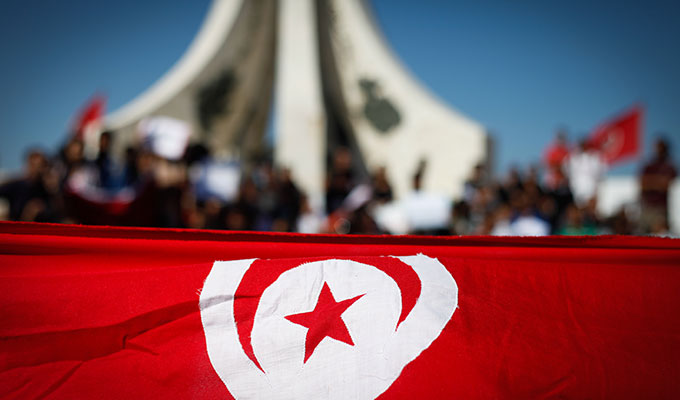What is going on ? What is happening ? Where are we ?
Are we moving towards a world where peace is an illusion , where the rights of the oppressed are systematically ignored and where forced displacement becomes an acceptable strategy ? The latest news from the Middle East paints a grim picture. Israel has openly backed Donald Trump’s plan and ordered its military to prepare for the mass departure of Palestinians from Gaza → a move that raises pressing humanitarian , legal and geopolitical concerns.
How does this go against international law and human rights ?
The Fourth Geneva Convention’s Article 49 forbids « individual or mass forcible transfers » of protected persons from occupied territories, and the Universal Declaration of Human Rights (UDHR) upholds the right to freedom of movement and the right not to be arbitrarily deprived of one’s home. If carried out, the forced displacement of Palestinians would be a blatant violation of international law undermining the Palestinian people’s sovereignty and making their decades-long struggle pointless.
The decision is seen by many as part of a larger geopolitical plot to undermine Palestinian resistance , portraying it as a lost cause rather than a legitimate struggle for sovereignty and human rights and it has the potential to erase the sacrifices made by generations of Palestinians who have fought for self-determination.
What does Trump see? Is it political gain or strategic intentions ?
According to Trump , this approach is in line with his strategic goals and ideological position. His administration , which has its roots in his « America First » philosophy , has frequently supported close ties with Israel in the name of maintaining regional stability. He would contend that by dividing warring factions and eliminating conflict zones, moving Palestinians would open the door to lasting peace. Critics , however , believe that this is only a front for more fundamental political goals, such bolstering American power in the Middle East and winning over pro-Israel lobbyists before the next election.
– In addition, Trump has a history of making decisions on his own without holding meaningful diplomatic talks. Although he frames his plan as a peace initiative , its unilaterality and disdain for Palestinian opinions raise questions about whether it actually seeks to ease tensions or imposes a predetermined solution that benefits Israel and the United States.
Why did Egypt’s Sisi resist the plan ?
Egyptian President Abdel Fattah el-Sisi rejected any proposal that would involve the depopulation of Gaza , reaffirming Egypt’s commitment to Palestinian self-determination and territorial integrity. Egypt has historically played a crucial role in mediating Israeli-Palestinian tensions and has consistently opposed any solution that undermines Palestinian sovereignty. In a significant regional response to the Trump-backed plan , Sisi refused to meet with Trump if discussions included the exploitation of Palestinian territories.
→ This rejection demonstrates the growing uneasiness among Arab leaders who perceive Trump’s proposal as a grave danger to the stability of the region. Egypt , which is already dealing with economic difficulties and internal security issues , sees forced relocation as a trigger for additional instability that could lead to regional turmoil.
Global reactions : a divided international response Countries like France and Germany have reiterated their support for a two-state solution , warning that such a move could fuel extremism and destabilize the region. Europe and human rights organizations have strongly condemned the policy , calling it an outright violation of Palestinian sovereignty and an obstacle to peace. The wide range of reactions to the plan reflects deep global divisions.
While some U.S. politicians criticize Trump’s approach, others, especially those with strong pro-Israel affiliations , defend it as a strategic move to ensure regional stability.
Meanwhile, Arab countries remain at a crossroads, with some such as Saudi Arabia and Jordan cautiously expressing opposition to any forced displacement while others have yet to take a firm stance. The potential consequences of their decisions will have a significant impact on future diplomatic relations with Israel. On the other hand , Israel’s Western allies, especially the United States, have tried to frame the plan as a necessary security measure.
Conclusion: a precarious turning point !
Netanyahu’s support of Trump’s Gaza plan marks a dramatic change in Israeli policy with far-reaching effects on the region. Although it has the potential to change the geopolitical landscape, it is still unclear how this bold move will affect Palestinians and international relations in general. As reactions from around the world develop , it will be difficult to predict whether it will lead to a lasting peace or further entrench divisions and spark conflict. The fate of Palestine cannot be decided unilaterally and any attempt to do so runs the risk of escalating tensions rather than resolving them.
Written by roukaya berbeche




Share your thoughts